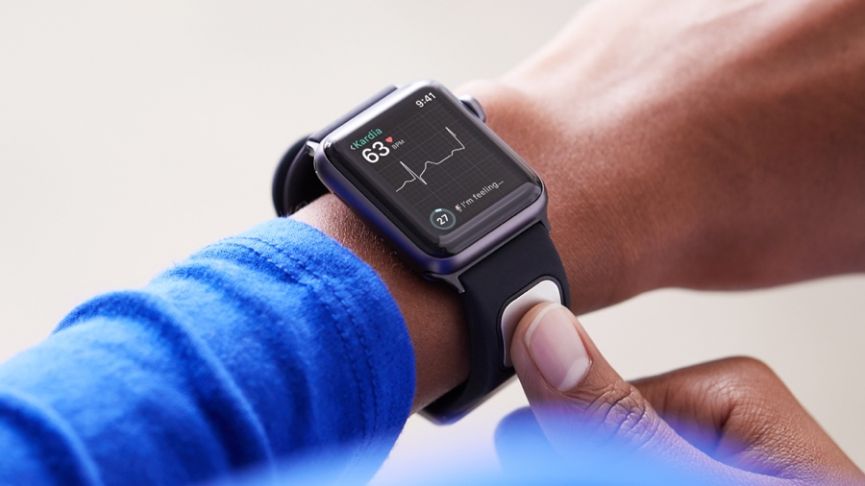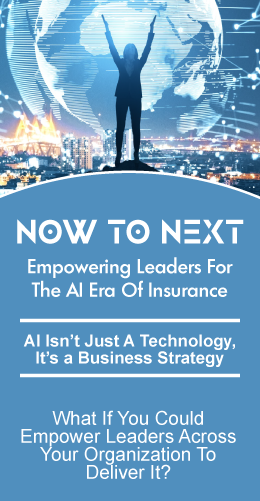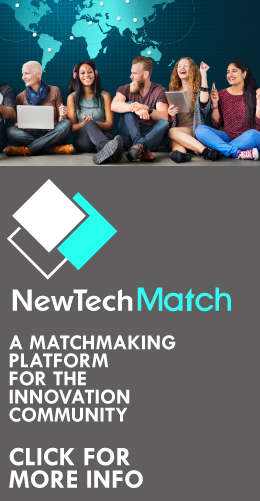
Underwriting has always been a leader when it comes to understanding the health and wellness of individuals and employees. As more data becomes available and digital connectivity becomes more sophisticated, insurance companies are turning to emerging data providers and machine learning to automate and change the underwriting game. But innovative insurance carriers and InsurTech startups are taking it much further.
Changing the Game
For more than a century, underwriting processes in the insurance world have been about the same. They have existed in silos with little effort to connect their insight to helping insureds manage their health and wellness. Nor have they used a data-driven approach to assessing and rewarding approaches to care that deliver the best outcomes. But in recent years, with the rapid speed of digitization and an increasing focus on the customer, their journey and experience, the rules of the game are changing quickly.
From wellness trackers, like FitBit or smart watches from Apple or Samsung, to social media and medical outcome data, there is so much information to be mined. As InsurTechs and insurance companies embrace these, they are changing how underwriting is done. They are bringing data from these devices together in machine learning driven models. As those models sift through huge mountains of data they are improving not only underwriting but our understanding of the life and health risks we face and what creates them. When that is coupled with outcome data on medical treatments, wellness and disease management approaches and a universe of new ways to increase the value we deliver to the end insured opens up. Innovative companies are taking things one step farther.
In a broadening digitization of the entire world, data is easily accessed and interacted with in real time. Many insurers and InsurTechs are coupling data with behavioral science techniques to guide and reward those that practice well-being and work to manage their health issues effectively. They’re partnering with health startups to do away with tried and true methods of underwriting to implement new methods and to use the data they have to help the insured live longer, healthier lives.
Take John Hancock for example—the century-and-a-half year-old company, a mainstay in the insurance industry, has teamed up with Vitality to introduce new behavioral health benefits to its members.
The availability of alternate sources of information has completely upended the traditional world of insurance, as illustrated above. It’s also changed our vision of what risk is and enabled us to proactively address it. . With the Internet of Things (IoT), devices strapped to our wrists, and apps buzzing in our pockets, insurers now have access to more information about applicants and insureds than ever before. Apps like Evo, a wellness tracker that records data, analyzes it, then send the user custom feedback on how they can live a healthier and more insurance-friendly life, are setting the foundation for global insurers and InsurTech firms to base their next gen strategies and products on.
Tapping Into Alternate Information Sources
There are emerging alternate sources of information that are currently being tapped to use for risk selection. This helps insurance companies understand their applicants better and decide what is the right kind of program for them and tailor fit their service based on risk.
Take wearables for example, such as FitBit, Apple Watch, or Samsung’s lineup of smart watches. Wearables burst onto the scene in the last decade and really got into the bloodstream of the aggressive consumer who was becoming obsessed with technology and health at the same time. And while insurance-linked wellness programs already rely on data from wearable devices, their full realization in terms of risk identification, prediction, prevention and management is just getting started.
Insurance is beginning to blend data from multiple sources. They blend traditional underwriting data such as age, gender, and job with emerging data from devices and social media and new medical data like DNA and epigenetics. Those data sets are being brought into powerful new machine learning and predictive analytic models. The result will be far more personalized insurance products, underwriting and health – wellness management programs.
Behavioral Science and Tele Underwriting & Wellness
What’s on the horizon for InsurTech? At this pace there’s surely more to be seen within the next couple of years. Facial analysis, more robust and accurate social data analysis, and more accessible medical and medical outcome data are all making their way into the new frontier of risk prediction and management. But beyond data, there are other scientific disciplines that are further enabling risk assessment and management.
Behavioral science, the study behind judgement and decision-making, has spread to the social science landscape and has continued its pace to other fields like insurance, marketing, and finance. Companies can know more about human behavior through this method and help them develop behavioral interaction and reward models that can be used to help guide the actions of the insured and the care communities around them toward healthier lifestyles. That same data can also be used to prevent fraud and anti-selection rates as well as improve disclosure and cut down the need for medical examinations.
Tele-underwriting has also emerged as part of the digital underwriting toolbelt. This method gathers data in real time and is used to support the current risk selection process. Combined with artificial intelligence technologies it is also delivering a whole new health experience for the consumer.
Like an episode of Black Mirror, we’re looking at the possibility that these innovations may have on our insurance industry in the coming half-decade or so; maybe even sooner. The skill sets required of an underwriter and an insurance carrier focused on preventing and managing risk will be much different then than today. Rather than being an obstacle for business, the underwriting process and the data it generates will become a key contributor to customer wellbeing and loyalty as it translated into insurance solutions that improve the insured’s health and wellness and extends their live







